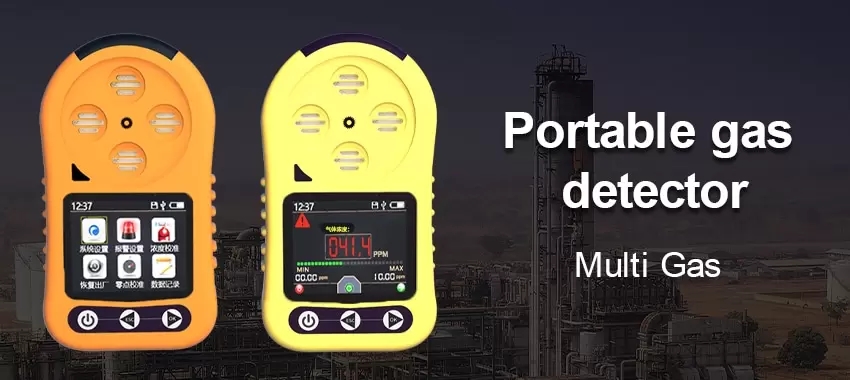Background:
It has been known for hundreds of years that poor air quality affects human health. However, it is only in recent decades that we have begun to collect scientific data showing the long-term effects of poor air quality and health. Since the Industrial Revolution, smoke and soot from burning have moved from homes to factories and outdoors. At the turn of the century, large amounts of smog and soot caused many cities to be shrouded in a haze that later became known in the United States as a component of "smog." Man-made smog comes from coal burning, vehicle and industrial emissions, and ozone. Therefore, the use of gas detector sensor for monitoring can better guarantee people's health and safety.

carbon monoxide gas detector sensor
Carbon monoxide (CO) is an odorless, odorless gas that results from the incomplete combustion of fossil fuels such as oil, coal, and gasoline. Carbon monoxide is not only a leading cause of poisoning worldwide, but even low levels of the gas can have negative health effects over time. That's why it's one of the main pollutants regulated in the United States and around the world.
Urban areas have the highest CO2 concentrations due to vehicle emissions and industrial factories. However, CO2 levels also increase in homes that use stoves or gas heaters. The engine room of a ship or areas where cars are serviced indoors may also have high CO levels. This is why handheld carbon monoxide gas detector sensors such as carbon monoxide detectors are used in these areas.
Ozone gas detector sensor
Ozone (O3) occurs naturally in the upper atmosphere and acts as a protective layer against ultraviolet radiation bombarding the planet's surface. However, man-made ground-level ozone is primarily formed by photochemical reactions between volatile organic compounds (VOCs) and nitrogen oxides (NOx). Both reactions require heat and sunlight. Ozone is very unfriendly to people and animals suffering from respiratory diseases, so the use of ozone gas detector sensor is very necessary to protect people's health and safety.

Formaldehyde gas detector sensor
Formaldehyde is a colorless, flammable gas. Like benzene, formaldehyde can come from both natural and man-made sources. However, exposure to man-made sources is associated with poor air quality and health risks.
Formaldehyde is produced industrially for many applications. For example, high levels of formaldehyde have been found in home building products (particleboard, plywood, and furniture), vehicle exhaust, paints and varnishes, carpets, and permanent press fabrics. An increased risk of asthma or allergies has been observed in people who inhale low levels of formaldehyde. Changes in lung function have been observed in people who inhale slightly higher levels of formaldehyde. It can be monitored with the formaldehyde gas detector sensor independently developed by JXCT. For more gas monitoring equipment, please consult JXCT
 : +86 155 8830 2704
: +86 155 8830 2704 : jxdziot@gmail.com
: jxdziot@gmail.com
